Tottori's untold beauty
From shape-shifting sand dunes to crab hot pot, Tottori is a less-known Japanese gem rich in beauty and experiences in each season
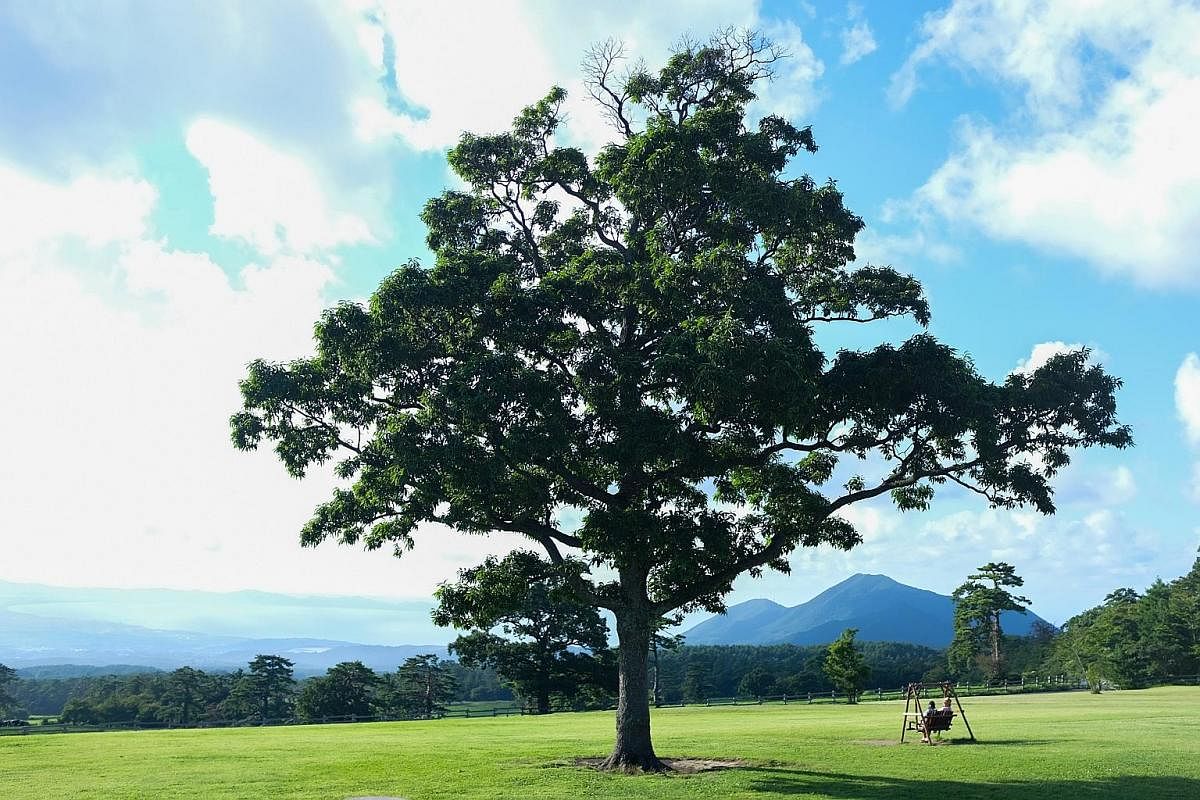
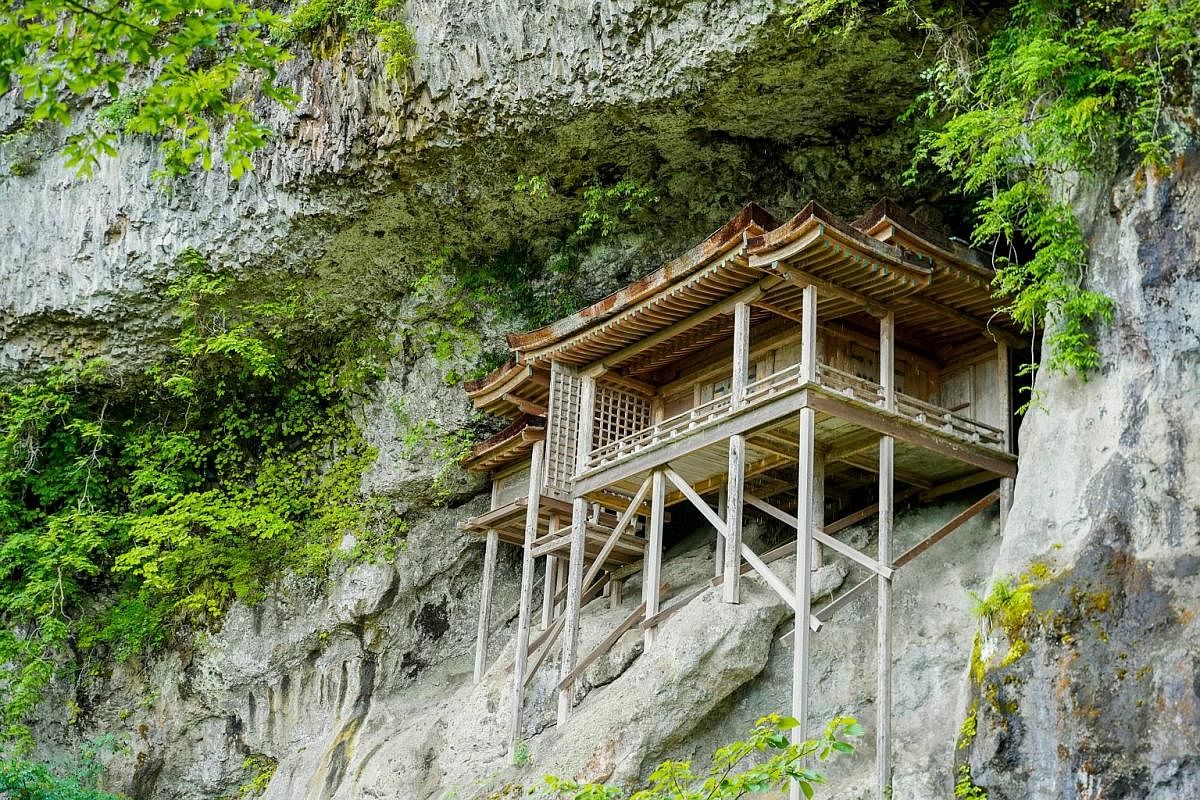
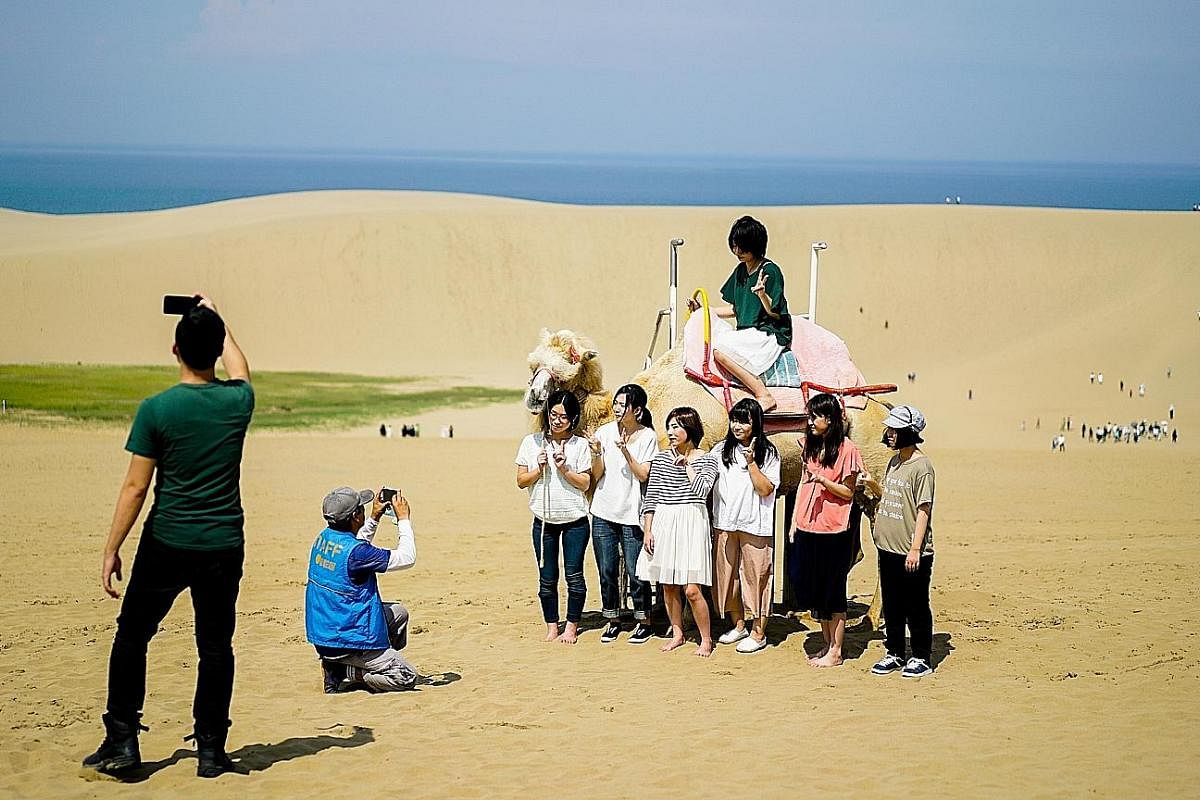
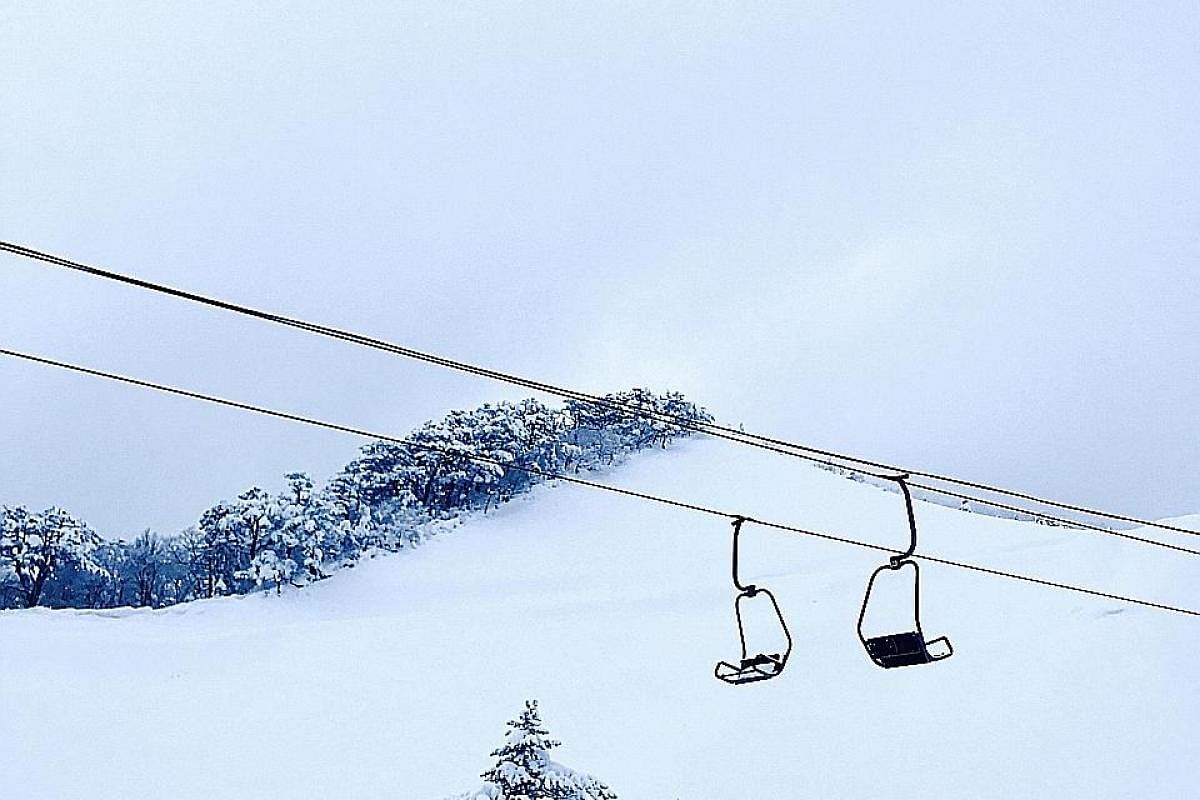
"Is it related to Totoro?" That is the question I always get when I speak about Tottori, my new favourite place in Japan.
The answer is no, in case you are expecting to see droves of the cuddly spirit, an anime character. So, Tottori is not the plural of Totoro.
Tottori in western Japan is that polite, soft-spoken cousin that always gets overshadowed by her loud and funny neighbour Osaka (three hours away by bus or train) or edgy Tokyo (a one-hour plane ride away).
Get to know Tottori - the city and the prefecture of the same name - and you realise that she is a quiet overachiever who has been beating Kobe at beef and Hokkaido at crabs.
I have visited it thrice since 2017 and I picture Tottori as that hidden gem in a country often traversed by Singaporeans.
The least populated of Japan's 47 prefectures, Tottori has the best things the country has to offer in one place, from towering sand dunes to luscious seafood.
SNOW AS POWDERY AS NISEKO
The day I arrived in Tottori in January last year, the whole city was blanketed with infinite sheets of white snow.
My joy was shortlived because, despite desperate pleas, I was strapped onto a snowboard and shoved down the seemingly endless slopes. In the end, the instructor had to waltz me all the way down because there was not an ounce of balance in my body.
Happily, all the slopes of Tottori face the coast, so in clear weather, you get majestic views of the Sea of Japan.
It has a good range of slopes, with 30 per cent rated advanced, another 30 per cent for the intermediate skiers and the bulk of it - 40 per cent -for beginners.
BEEF BETTER THAN KOBE'S
Shabu-shabu originated from Tottori and its beef is rated even higher than that of Kobe's.
In 2017, it won the Best Quality Beef accolade at the Wagyu Olympics, as the National Competitive Exhibition of Wagyu is popularly called. The nationwide contest has been held every five years since 1966.
MORE CRABS THAN HOKKAIDO
Tottori also catches triple the number of crabs as Hokkaido. Snow crabs caught in the Tottori area are called Matsuba crab, known for its deliciously dense meat and the astronomical prices it can fetch at auctions. A record price of two million yen (S$24,300) for a crab was set last year.
Pamper yourself with a luxurious assortment of crab sashimi, grilled crab, boiled crab and crab hot pot. Also try crab miso, which is best paired with sake.
SURREAL SAND DUNES
There is something mystical about sand dunes. Maybe it is because they seem eternal and transient at the same time.
Tottori's sand dunes beat any of the deserts I have seen in Dubai, Morocco or Brazil - simply for the fact that they are next to the sea. It does not get any more surreal than that.
Created over thousands of years, the shapes of the dunes are constantly in flux, nudged by the coastal currents.
In the summer, fun-loving travellers can go camel riding, sandboarding and paragliding. A sand museum (2083-17 Fukubecho Yuyama, Tottori, Tottori Prefecture 689-0105), within walking distance of the dunes, is where sand sculptors from all over the world are invited to create a themed exhibition that lasts from mid-April to early January every year.
The theme of the last exhibition, which ended on Jan 6, was Scandinavia and included scenes from Nordic legends.
The next annual show will focus on South Asia.
DANGEROUS NATIONAL TREASURE
The hike to Japan's most dangerous treasure was a full-on G.I. Jane mission which involved climbing on century-old tree roots and hoisting myself up with chains.
To this day, I cannot believe I made it after two hours on slopes rendered into slush by the rain.
Of the three oldest temples in Japan, two are along the hike, so that is a big box you can tick off on your bucket list of temples.
My end point, the Mitokusan Sanbutsuji Temple, juts out dramatically from the cliff, somewhat like the Tiger's Nest temple complex in Bhutan.
TOTTORI, A JAPANESE TAPESTRY
Before the world descends on this haven of heavenly wagyu and less-seen natural wonders, it is a good idea to experience Tottori for yourself. Also, do not forget to make generous room for surprises, from a kaiseki lunch in the forest to the enigmatic sand dunes.
Charming without even trying, Tottori presents a nuanced tapestry of Japan little known even to many locals.
When to go? You will be hard-pressed for a decision. Sun and sand or snow? Maybe it will not be a problem in the end. Like me, you may keep coming back for more.
• Mandy Tay, who produces television trailers and advertisements, has filmed Tottori in summer, autumn and winter and will visit again this spring.
• The writer was hosted by the Tottori prefectural government.
10 things to do in Tottori
From summer scenes to winter wandering, Tottori is an all-season destination. Here are some experiences to try.
1
In summer, a "pear-fect" afternoon is picking and eating your own fruit in one of the many pear farms.
Where: Sankouen, 1973 Yuyama, Fukube-cho, Tottori city; admission: 1,000 yen (S$12)
2
Near Mount Daisen is a dairy farm where you can enjoy a soft ice cream (350 yen) on an expanse of lush green fields.
Where: Daisen Makiba Milk no Sato, Mizunashihara-2-11 Kobayashi, Hoki, Saihaku District, Tottori Prefecture
3
For a whiff of Singapore, the Tottori Flower Park has a dome which is kept at tropical temperatures and exhibits orchids.
Where: Tottori Hanakairo Flower Park, 110 Tsuruda, Nanbu-cho, Saihaku District, Tottori; admission: 1,000 yen (April to November) and 700 yen (December to March) for adults, 500 yen and 350 yen for children
4
Mitaki-en has a menu that features foraged ingredients. The owner, in her 70s, is the sweetest soul in a white kimono and speaks fluent English. It is closed during winter.
Where: Mitaki-en, 277 Ashizu, Chizu-cho, Yazu-gun, Tottori; free admission; lunch from 2,500 yen
5
The hike to Mitokusan Sanbutsuji Temple seems daunting, but beginners can do it in around two hours. Be rewarded by the inspiring vista from the cliffside temple.
Where: Mitokusan Sanbutsuji Temple, 1010 Mitoku, Misasa-cho, Tohaku District, Tottori; admission: 800 yen (adults), 400 yen (children)
6
Waft on a clear canoe (8,000 yen) on even clearer waters on the sea off Uradome Beach, which is listed as a Unesco global geopark.
Where: Iwami Municipal Nagisaki Exchange Building, 690-20 Makidani, Iwami, Iwami District, Tottori Prefecture
7
How about making a traditional waxed-paper Japanese umbrella for that fairy-tale snowfall in winter?
Where: Wagasa Denshokan, 796 Yodoe, Yodoe-cho, Yonago city, Tottori Prefecture; free admission, wagasa-making activity: 6,300 yen
8
Indulge in your dreams of being a Japanese chef by making fresh soba and then dining on your creation.
Where: Shikano Soba Dojo, 2448-9 Shikanocho Shikano, Tottori, Tottori Prefecture; admission: from 108 yen a person
9
I now know why indigo-dyed products are so expensive. To dye my handkerchief, I had to hold it in the dye for five minutes in winter. It was like submerging my hands in ice. The hosts took pity on me and took over after 90 seconds. The piece is now a prized possession.
Where: Chizu Blue, 584-1 Chizu, Chizu town, Yazu-gun, Tottori Prefecture; admission: 1,000 yen plus admission fee to Ishitani Residence, a traditional family house
10
Snowboard and ski in the rolling white hills of fresh powder.
Where: Morinokuni Forest Kingdom, 634 Akamatsu, Daisen Town, Saihaku-gun, Tottori Prefecture; go to www.daisen-resort.jp
GETTING THERE
From Singapore, fly to Tokyo's Haneda Airport. ANA operates several flights daily between Haneda and Tottori Airport. Alternatively, fly to Osaka and take a three-hour bus or train ride to JR Tottori station.
WHERE TO STAY
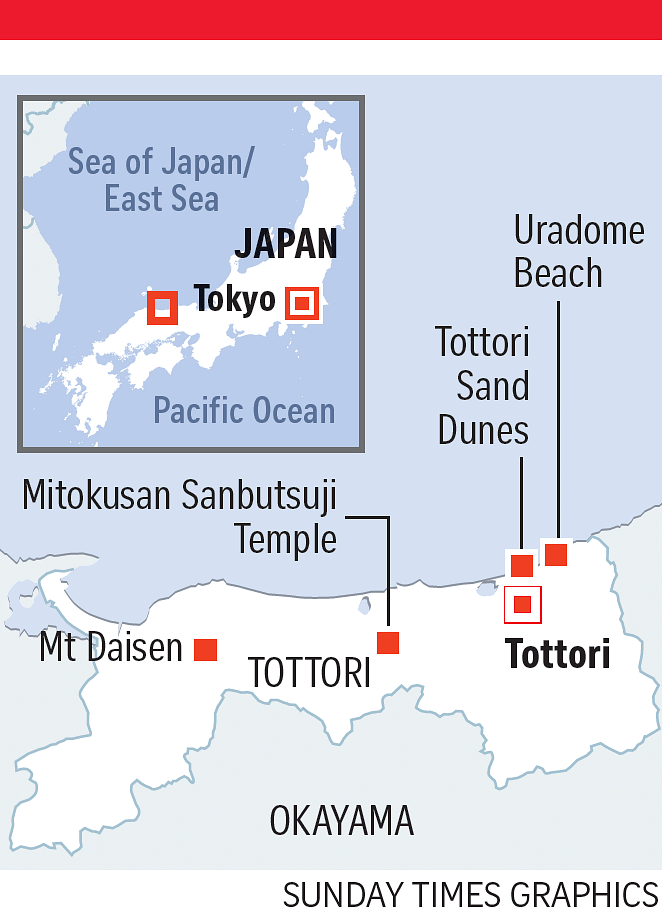
• Sennentei (4-62 Hawai Onsen, Yunashihama-cho, Tohaku-gun, Tottori Prefecture) features outdoor baths with panoramic views of Lake Togo. Prices range from 10,000 to 30,000 yen (S$120 to S$365) a night.
• Misasa Onsen: Misasa hot springs are in a quaint town reminiscent of Jiufen in Taiwan, sans the tourist hordes. Prices range from 10,000 to 40,000 yen. In the evening, you can wander in traditional Japanese garments and play games like shateki (shooting a gun with pellets to win toys) before heading back for a dip in the onsen that contains one of the highest levels of radium in the world. Radium is said to have healing powers.
TIPS
• Pack a pair of flip-flops for the sand dunes. There are feet-washing stations at the entrance.
• To see as much as possible, you can opt for the 2,000 yen (S$24) taxi for three hours. Do note that even though the taxi can take up to four people, it is 2,000 yen a person. Still, it is a great way to see Tottori in the company of a local.
• The Tottori tourism website (www.tottori-tour.jp) has solid resources on the sights.
Join ST's Telegram channel and get the latest breaking news delivered to you.
A version of this article appeared in the print edition of The Sunday Times on March 17, 2019, with the headline Tottori's untold beauty. Subscribe
